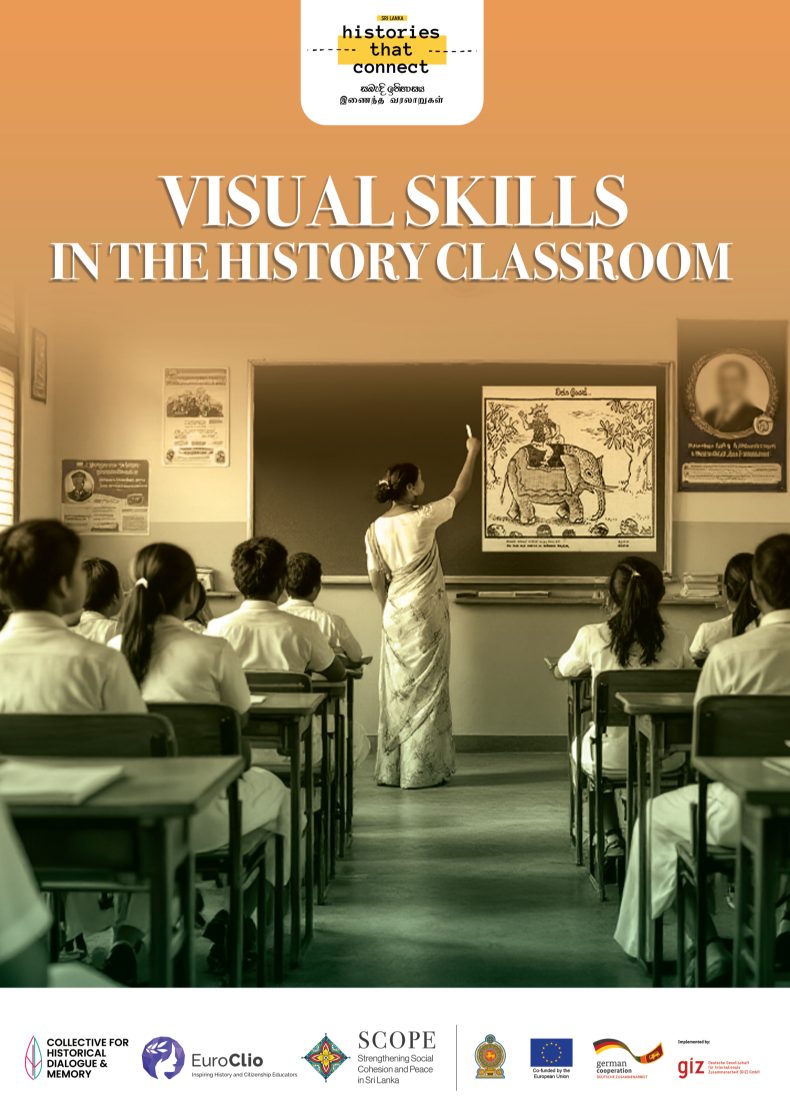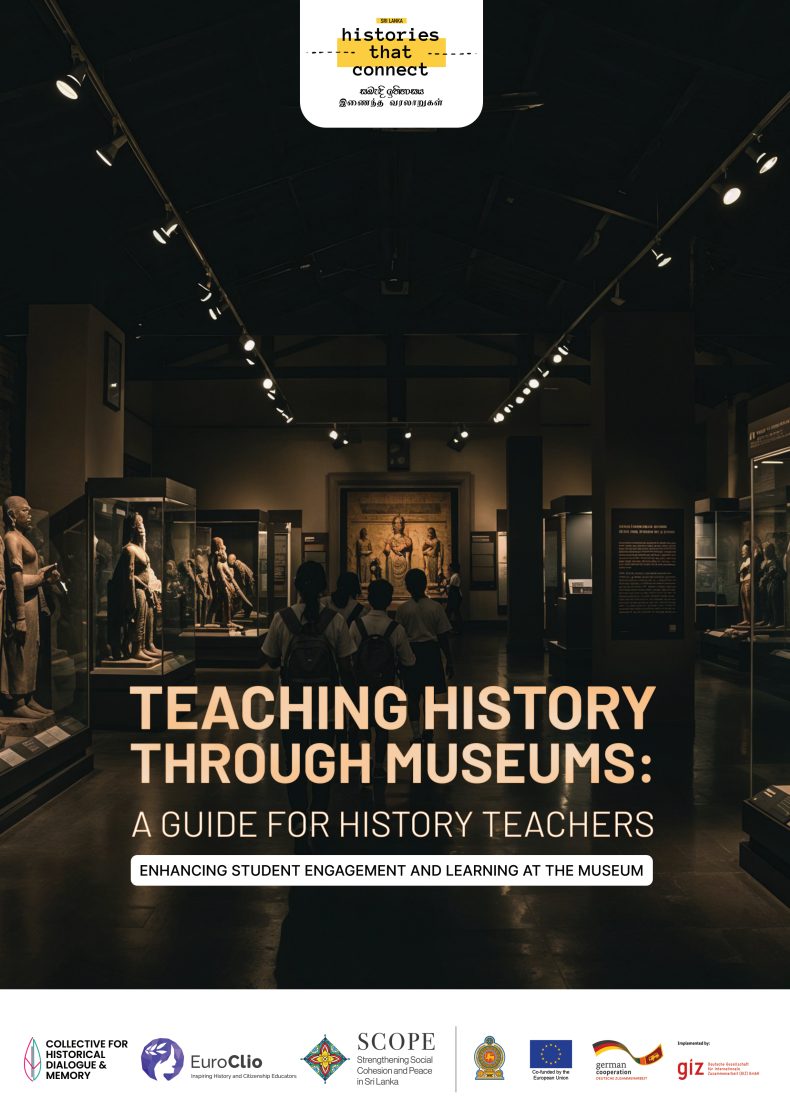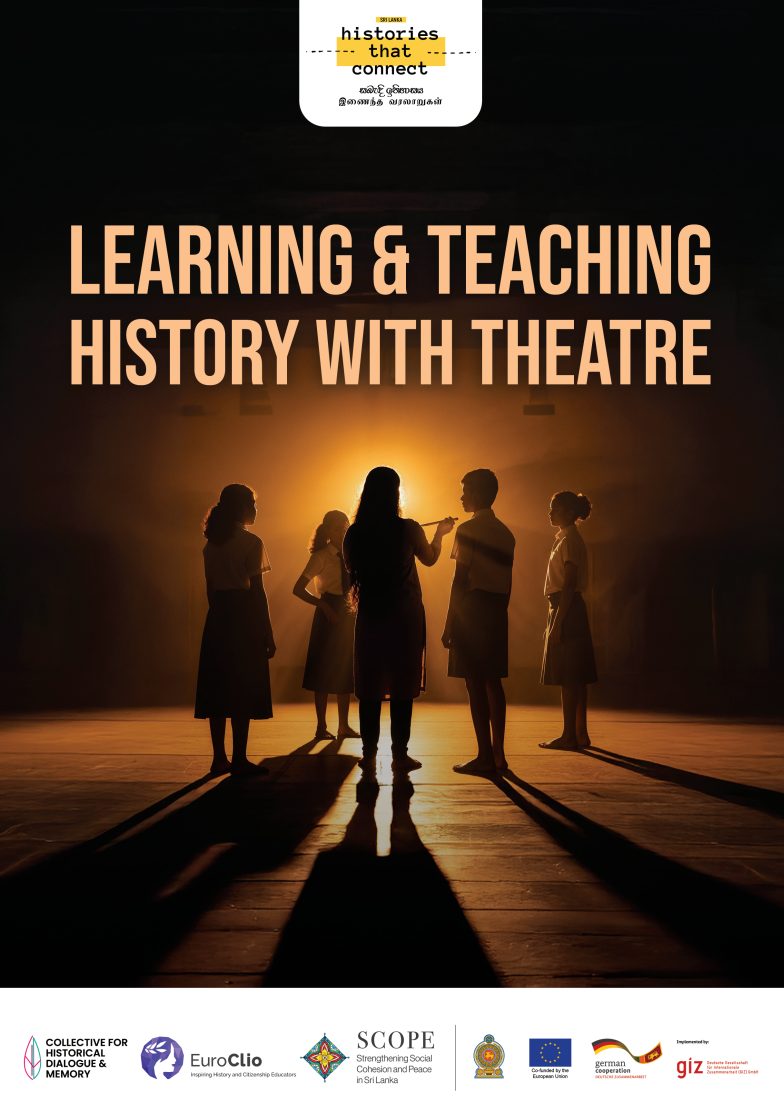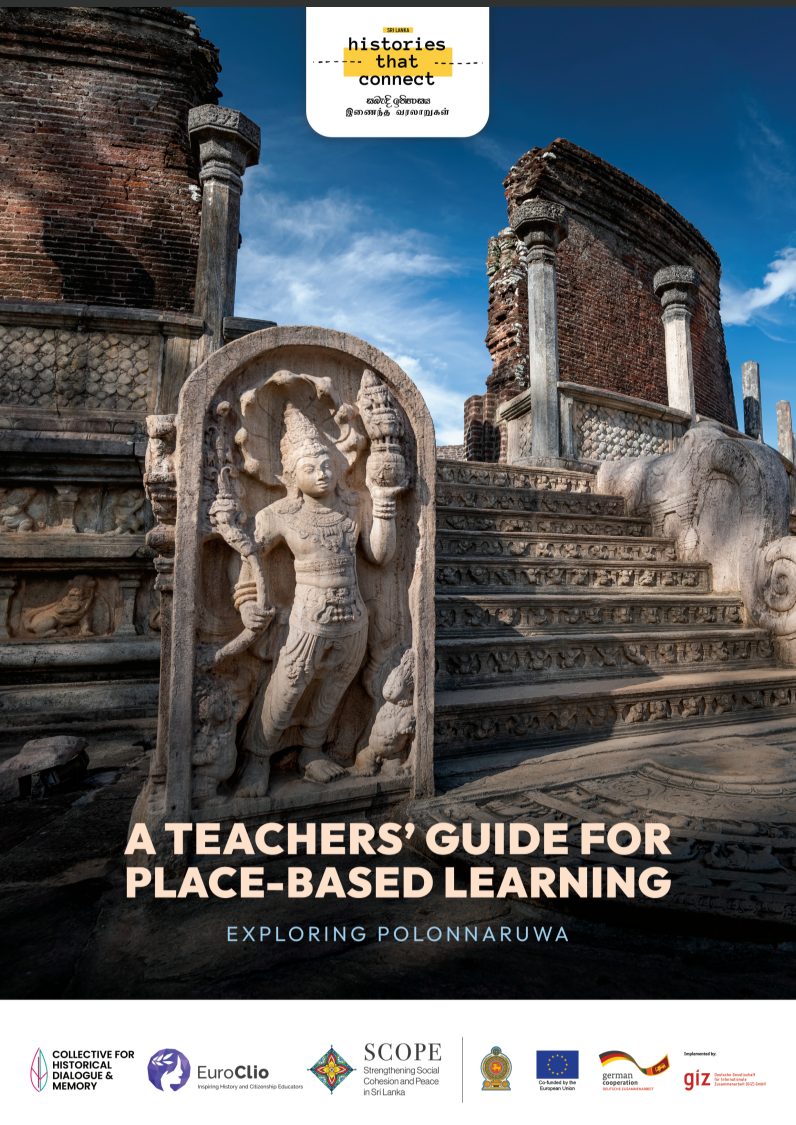The Young Pathfinders Project focusses on the idea that migration history is not a separate subject within the history curriculum, but interwoven with the national story. Students learn about migration history in general, but more importantly do research into their own migration background. With this practice, they learn about migration history and develop skills such as historical research, critical thinking, historical reasoning, and doing interviews. It aims at making students realize how migration history is all around us and making students aware of their own migration history.
The Practice
The practice is focussed on one central idea: the history of migration is everywhere and an integrate part of regional, national and global history. However, in most national history curricula, it is dealt with as a separate subject. In the Dutch history curriculum for example, the history of migration is discussed in the chapter about the early years of the Dutch Republic (16th and 17th century) and in the second half of the twentieth century, with the coming of guest labourers. Mila Ernst is of the opinion that this is not the best way to teach students about the history of migration.
It was therefor that the Young Pathfinders Project was initiated in history classrooms a few years ago. The initiative came from the Mila Ernst and Hanneke Verbeek of the Centre for the History of Migrants, together with Elise Storck of the ICLON, the teacher trainer institute of the University of Leiden. Over the past three years fifteen history teachers experimented with this project in their own classrooms, thus collecting ideas and improvements about the implementation of the project. All these ideas have been combined and a teacher’s guide for the project has been posted online, available for all those who are interested.
The concept is rather simple. During an indefinite number of classes, students are being taught about what migration history is and what it means. In this way, they become experts in the field of migration history. After that, they choose someone in their own circle who has a migration background. This could be someone who came to the Netherlands years ago, or recently, or who has moved within the Netherlands to an unfamiliar place. With this person, the students conduct an interview. Besides that, they collect more information and material about this specific subject. This could be done for example in archives or libraries, but also the interviewee might have some interesting material. After the students have done their research, they can work on a research report. This could be a written report, but can also be done in the form of a presentation, an exhibition, or a guided tour.
The teacher is free to choose the form that the research report may take. He or she is also free in choosing how much time will be spent on the project, and also at what stage the project will be done. Normally at least five class hours are necessary for a sufficient implementation of the project, but to this has to be added that students will have to do some of the work in their own time. The project is not bound to a certain age or level of the students. All students between the age of 12 and 18 are able to participate in the project. Of course the teacher can decide how high he or she will raise the bar, to better suit the students’ level of education and make the project as challenging as possible, without making it too difficult. The project can of course be linked to various historical topics and era’s, to fit better into the curriculum.
During this project, students will learn that the history of migration is not a separate subject, but a subject closely related to all stages of history. In fact, according to Mila Ernst, it is everywhere. Students may find out that they have a migration history of their own, which they never knew about before. During the final stage of the project, these histories can be discussed in class, which may lead to a conversation about migration and personal backgrounds. A result of this can be that it will lead to a better understanding of the other in a multicultural society.
The implementation of the project combines the teaching about migration history with the students doing historical research and so becoming more equipped in historical reasoning. It brings a history that they might previously have considered to be dull to life.
Obstacles and lessons learned
One of the main obstacles to the implementation of the project is the everlasting lack of time teachers are facing. As the project is based on the idea that the curriculum does not deal with migration history in a suitable fashion, it separates itself from the curriculum. It might appear therefor that the project does not prepare students for the final exam, but that it is something ‘extra’. Mila Ernst is of the opinion however that through this project students will train skills like critical thinking, historical reasoning and conducting interviews, that are not only useful for the final exam, but for the rest of their lives. The teacher has to be able to let go of the handbook for the duration of the project, and let the project speak for itself.
Another obstacle is that in practice it has proven difficult to make the final phase of the project as productive as possible. Due to lack of time, it might occur that the assessment of the project does not get the amount of attention needed for learning from each other’s stories and histories. This is something every teacher has to find out for himself. The teacher’s guide gives guidelines, but not an outline of the project that can be directly implemented in each classroom. It is up to the teacher to decide how to deal with the assessment of the project.
The effect of the practice
No formal research has been done, but during the implementation of the project, learner reports and responses from both teachers and students were collected. These show that the motivation and interest of the students in history have risen due to the project. Teachers have responded that because of the project, students seem to understand better what history is all about. Not about past events and people who are no longer alive, but about the world as it is today and about their own background and family history.
Students also realise that history is not just a national story, but part of a bigger, global history. This they will find out via the personal stories they collect in their interviews or learn from the interviews conducted by classmates. The personal stories are thus connected to a global history, in which migration plays an important role.
The project teaches students to look at history in a different way and makes them experiment with different things, for example doing the interviews. Students that prior to the project had never thought about themselves as having a migration background, found out during the project that their ancestors actually had migrated at some point, either from abroad or within national borders. It also enhances the empathy students feel for each other, and it shows multiple perspectives to a historical narrative. In a multicultural society, where classrooms may consist of several ethnic groups, this is a very useful learning result.
About the interviewee
Mila Ernst holds a MA degree in New and Newest History from the University of Amsterdam and has extensive experience in the field of museums and historical heritage. She is project leader in the award winning online platform www.modemuze.nl, where several major Dutch museums work together. She also is project leader in the ‘Jonge Spoorzoekers Project’ (Young Pathfinders Project’) at the Centre for the History of Migrants (CGM) and guest teacher at the Reinwardt Academy in Amsterdam.
Background to the project
The ‘Young Pathfinders Project’ has sprung from an earlier project, conducted Hanneke Verbeek of the Centre for the History of Migrants, who brought together a group of adult migrants in the Netherlands. With them, she started to delve into their history, thus collecting many stories and materials, which were not known to historians before that time. The results of this project were reproduced in books and exhibitions, each dealing with the history of a particular migrant group. Because of the success of this project, the idea arose that the same could be done in secondary history education.
Additional information
More information about can be found at the website dedicated to this project: http://www.vijfeeuwenmigratie.nl/project-jonge-spoorzoekers.Here the teacher’s guide and lesson examples can be found. As the project was done in the Netherlands, based on the Dutch educational system, there is no information available in English. Questions about this practice can be addressed to Mila Ernst via milaernst@gmail.com.
Written by Rik Mets (EuroClio), based on an interview with Mila Ernst (Centre for the History of Migrants) conducted in Amsterdam on 22 December 2017.





